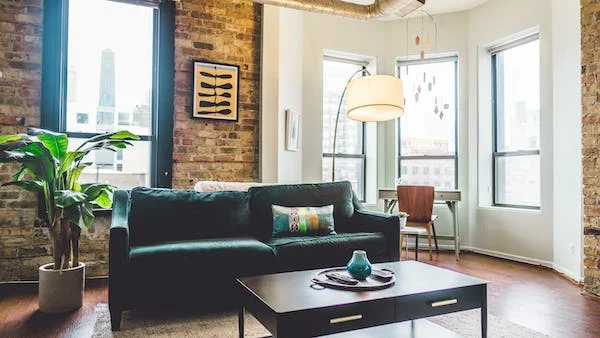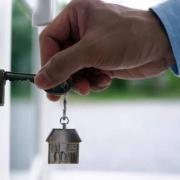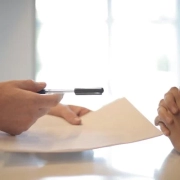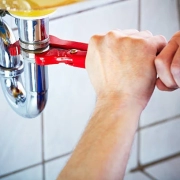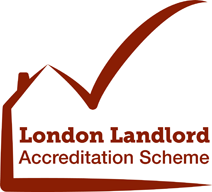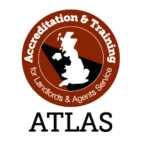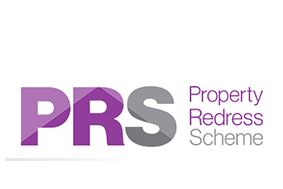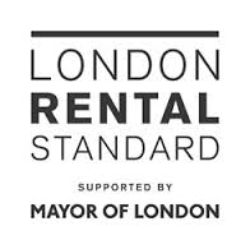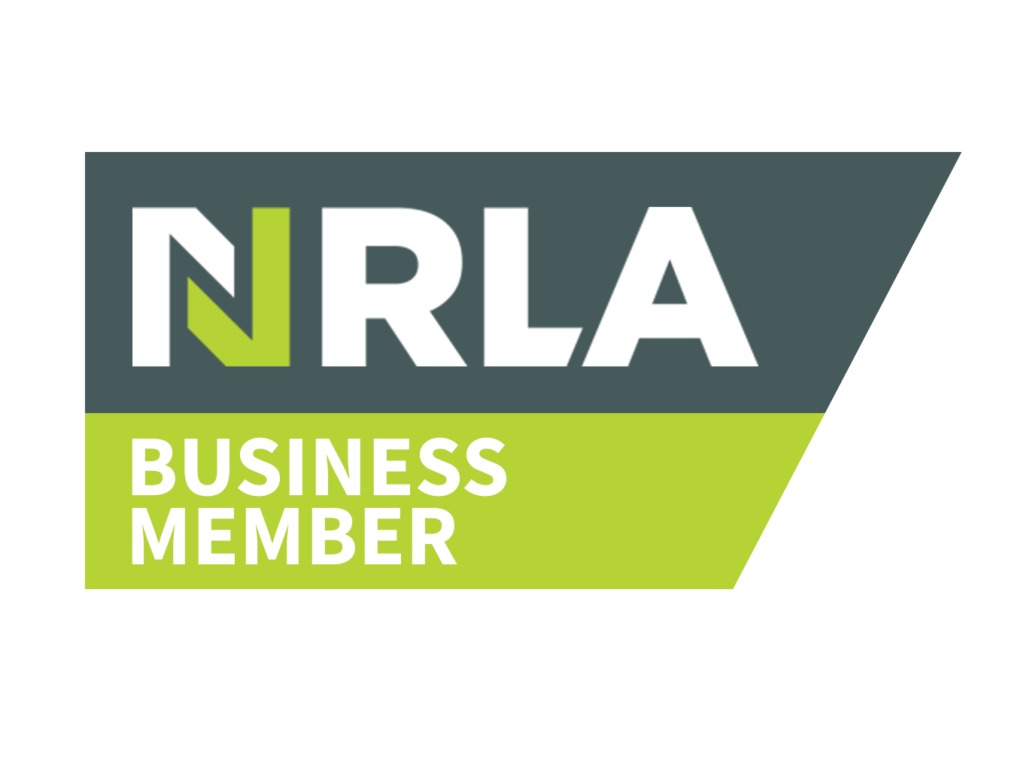Securing HMO Licensing: An In-Depth Guide for Success
With the increasing demand for affordable housing, House in Multiple Occupation (HMO) properties in property management are gaining popularity. HMOs, which stands for “House in Multiple Occupation,” are rental properties shared by three or more unrelated tenants who share common areas such as the kitchen, living room, and bathroom. HMOs are a lucrative investment opportunity for landlords, but they come with unique legal and management responsibilities. In this blog post, we will delve deep into the world of HMOs and help you understand the key aspects of securing HMO licensing.
What is HMO Licensing?
HMO licensing is a legal requirement for landlords who rent out HMOs. The purpose of HMO licensing is to ensure that HMOs meet specific standards for safety and management. HMO licensing requires landlords to meet specific criteria, such as providing adequate facilities for tenants, ensuring that the property is managed well, and adhering to specific safety standards.
Why is HMO Licensing important?
HMO licensing is a crucial aspect of managing HMOs. HMOs come with unique legal and management responsibilities, and ensuring that your HMO is licensed is essential to avoid legal penalties and ensure that your tenants are safe and happy. Licensing also provides a level of assurance to tenants that they are living in a safe and well-managed property, which can help to attract tenants and increase your rental income.
How to Secure HMO Licensing?
Securing HMO licensing can be a daunting task, but it is essential for landlords who want to rent out HMOs. Here are some key steps to follow to secure HMO licensing successfully:
1. Check if your property requires HMO licensing:
The first step in securing HMO licensing is to check if your property requires it. Not all HMOs require licensing, but if your property is rented out to three or more unrelated tenants who share common areas, it is likely that you will need a license.
2. Understand HMO licensing requirements:
The next step is to understand the HMO licensing requirements in your area. Every local authority has its own set of requirements, so it is essential to research and understand the specific requirements in your area. You can find information about HMO licensing on your local authority’s website or by contacting them directly.
3. Prepare your property for inspection:
Once you have identified the licensing requirements for your property, the next step is to prepare your property for inspection. This may involve making necessary repairs and improvements to meet the safety and management standards required for HMO licensing.
4. Apply for HMO licensing:
After you have prepared your property for inspection, the next step is to apply for HMO licensing. You will need to complete an application form and submit it to your local authority. The application form will require you to provide information about your property, such as the number of tenants, the facilities provided, and the management arrangements.
5. Attend an inspection:
Once you have submitted your application, your local authority will arrange an inspection of your property. During the inspection, the inspector will check that your property meets the safety and management standards required for HMO licensing. If your property meets the standards, you will be granted a license.
In conclusion, securing HMO licensing is a crucial aspect of managing HMOs. It is essential to ensure that your property meets the safety and management standards required for HMO licensing to avoid legal penalties and ensure that your tenants are safe and happy. By following the steps outlined in this guide, you can successfully secure HMO licensing and manage your HMO property effectively.

